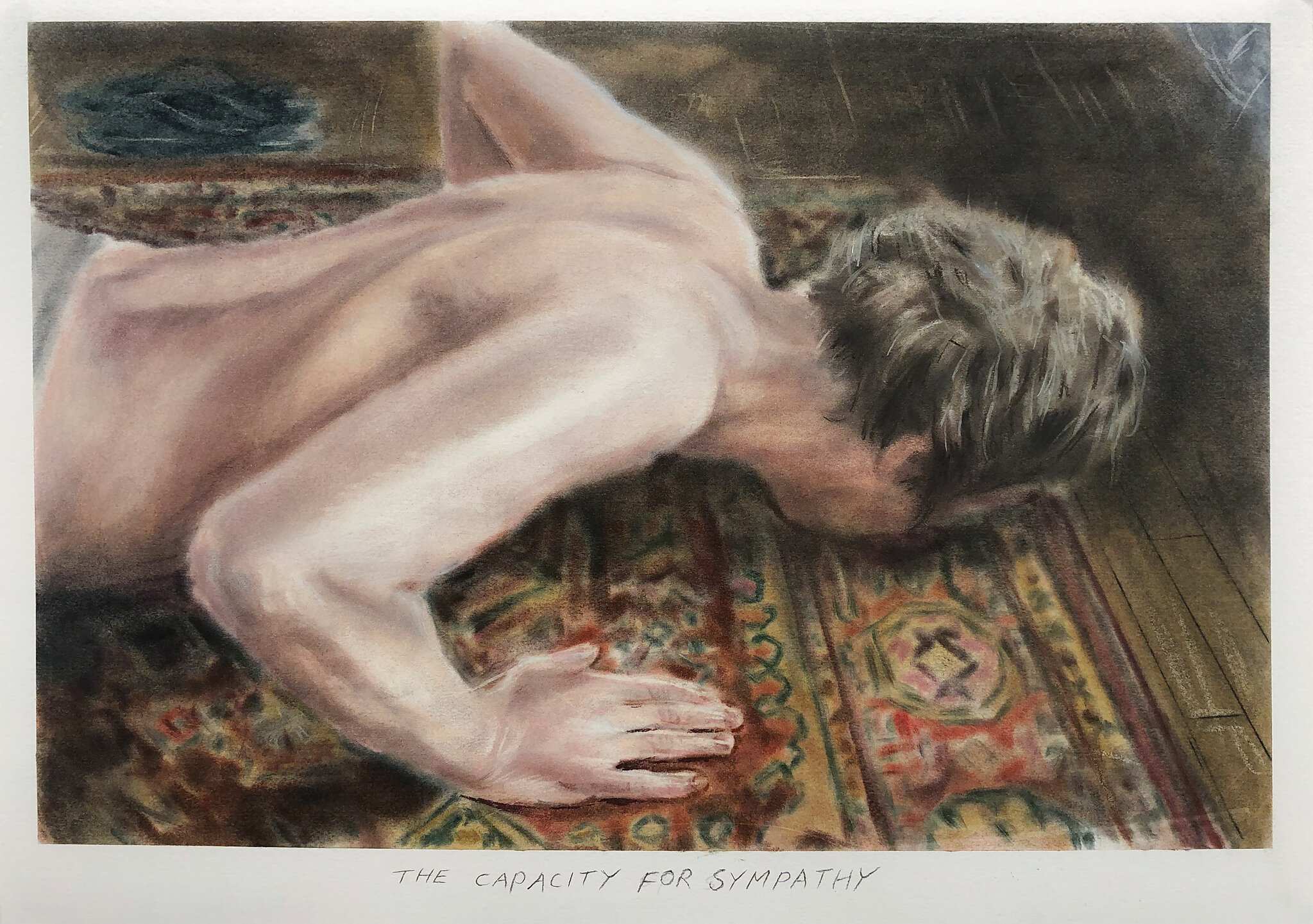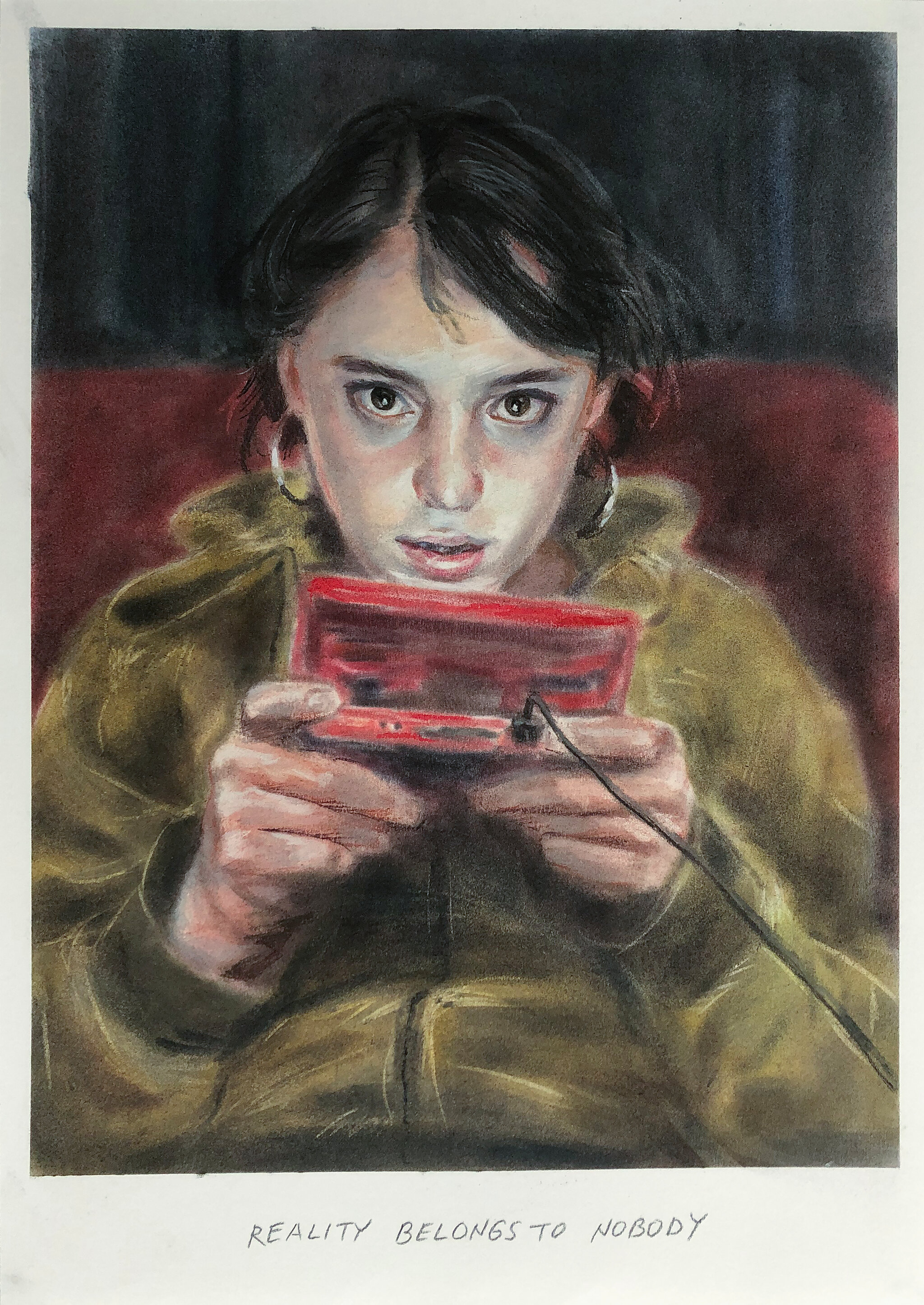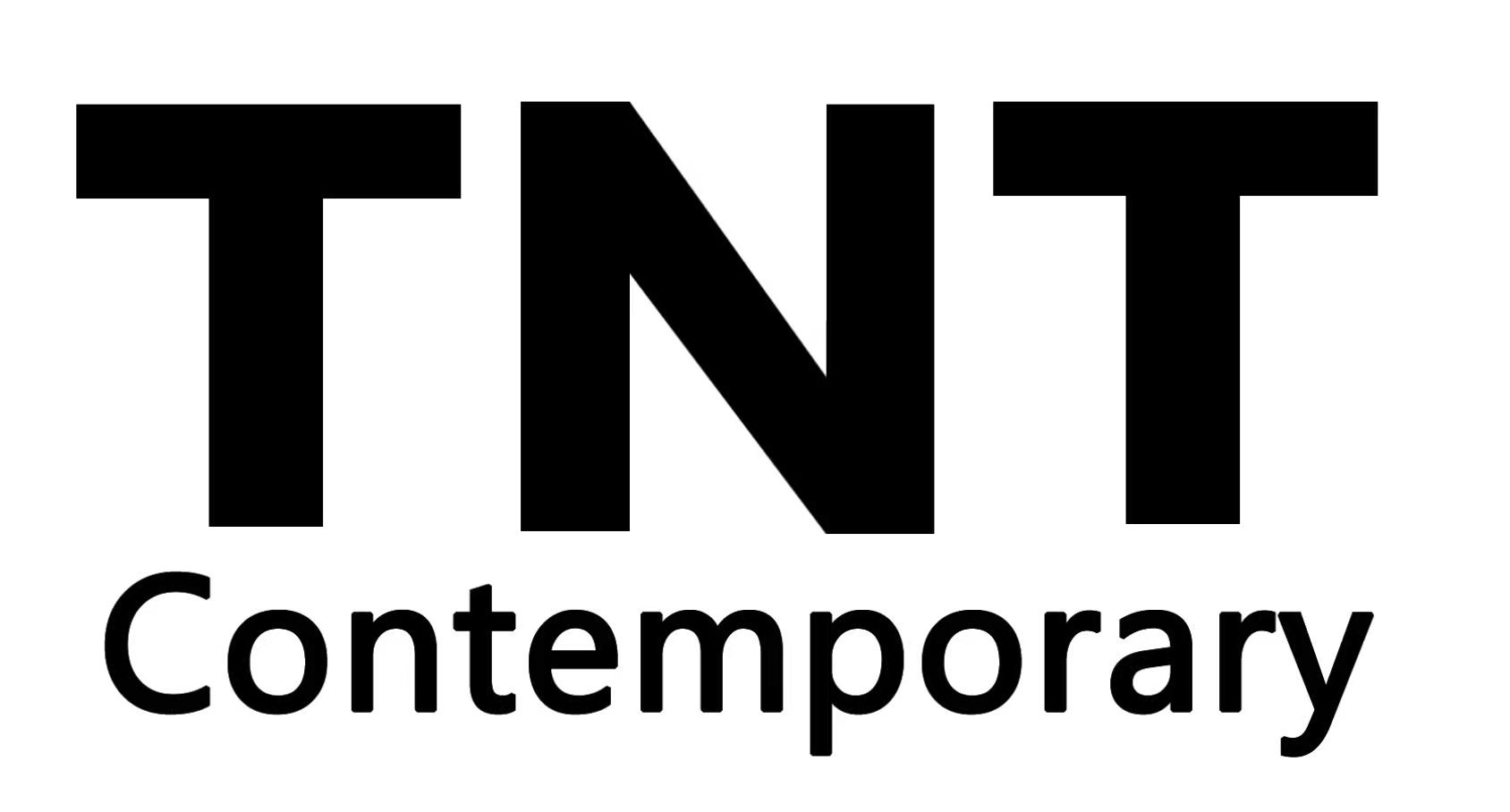oohart艺术
The capacity for sympathy,2021
29.7 × 42.0 cm
¥19797
说明
媒介:
纸本
(Chalks on paper)
The Austrian-Israeli artist duo Muntean/Rosenblum became internationally known for their socially critical paintings with youthful protagonists, combining classical painting with text captions. Poster-like and composed like collages, the works often depict lost or lonely teenagers and young adults who appear bored, lonely, or at a loss.
In their paintings, drawings, performances, or video works, Muntean/Rosenblum heavily employs "pathos formulas", or familiar visual tropes, of art history. They question how emotions expressed through these universal imagery are articulated and interpreted differently in different times. In the sense of Aby Warburg's pathos formulas, the artists do not shy away from targeting the viewer's empathy, but never exhaustingly so. Instead of a clear resolution, the works create a limbo between compassion and apathy; between relatability and alienation.
In the compositions of their pictorial tableaus, some of which are very large, the artists appropriate and reappropriate subjects from art history and contemporary popular culture. In doing so, familiar motifs from classical art are detached from the original context and placed in the present. For example, images from devotion art depicting the life of Christ, classic body poses and gestures, or other traditional representation such as color symbolism are all used in the works.
By incorporating language and writing, Muntean/Rosenblum introduces another level of complexity and understanding to the images. Text collages form sayings of counter phrases from popular culture under the images. They form a paradoxical juxtaposition against figural representations, and the words tap into another aspect of the image. However, the texts function less as prefixed picture titles that seek to prescribe meanings, but rather as subtitles that lend an additional sound to the pictorial composition.
相关作品
查看全部
特色艺术作品
加载更多
加载中...















